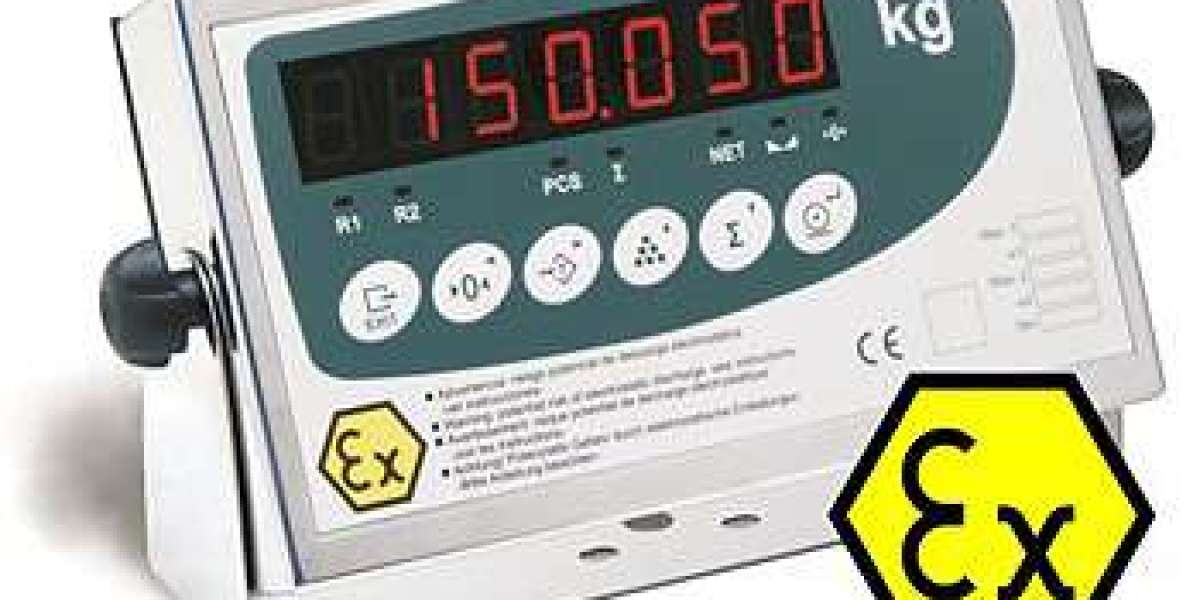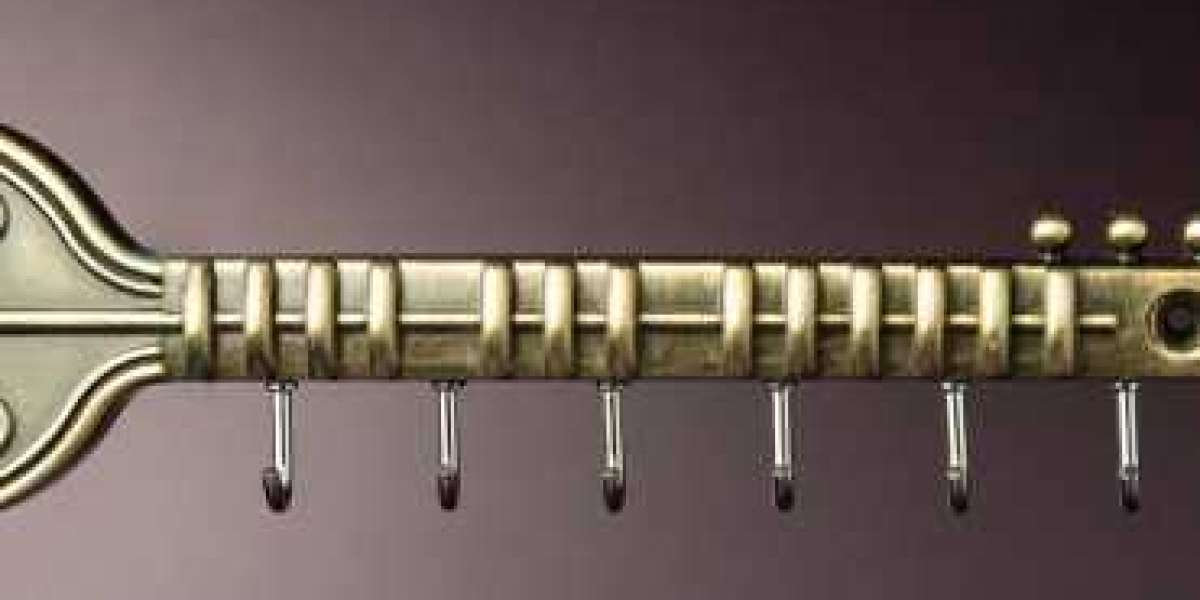In the realm of industrial manufacturing, efficiency is paramount. From food and beverage to chemicals and pharmaceuticals, the need for precise and efficient filling processes is universal. Among the myriad of filling solutions available, drum filling machines stand out as versatile workhorses, offering a reliable and automated approach to filling drums of various sizes with liquids, powders, or granules. In this comprehensive guide, we delve into the workings of Drum Filling Machines exploring their types, functionalities, benefits, and applications.
Introduction:
Drum filling machines, also known as drum fillers or drum packers, are specialized equipment designed to automate the process of filling drums with a wide range of substances. These machines come in various configurations to accommodate different types of products and production requirements. Whether dealing with corrosive chemicals, viscous liquids, or fragile powders, drum filling machines offer precision, speed, and consistency, thereby enhancing productivity and minimizing waste.
Types of Drum Filling Machines:
- Gravity Fillers: Gravity drum fillers rely on the force of gravity to dispense liquids into drums. They are simple in design and suitable for filling non-viscous liquids without the need for external pumps.
- Pump Fillers: Pump fillers utilize pumps to transfer liquids into drums. They are ideal for handling viscous fluids or products that require precise volumetric filling.
- Net Weight Fillers: Net weight drum fillers measure the weight of the drum and its contents to achieve accurate filling. They are commonly used for filling drums with expensive or high-value products.
- Auger Fillers: Auger drum fillers are specialized machines equipped with auger screws to accurately dispense powders or granules into drums. They ensure uniform filling and prevent product spillage.
- Overflow Fillers: Overflow drum fillers are employed for filling drums with foamy or volatile liquids. They operate by continuously topping off the drum to achieve a consistent fill level, regardless of foam or vapor.
Functionality and Operation:
Drum filling machines typically consist of a conveyor system to transport drums, a filling station equipped with the appropriate filling mechanism, and controls for automation and monitoring. The operation begins with positioning an empty drum on the conveyor, which then moves it to the filling station. Depending on the type of filler, the product is dispensed into the drum either by gravity, pump, auger, or overflow method. Sensors and controls ensure accurate filling levels, and once filled, the drum is discharged from the machine for further processing or packaging.
Benefits of Drum Filling Machines:
- Increased Efficiency: Singapore Laboratory Accredition For Calibrations and Drum Filling Machines automate the filling process, reducing manual labor and minimizing the risk of human error.
- Precision and Accuracy: These machines deliver precise fill volumes, ensuring consistency and reducing product giveaway or spillage.
- Versatility: Drum fillers can handle a wide range of products, including liquids, powders, and granules, making them suitable for diverse industries.
- Cost Savings: By optimizing fill volumes and minimizing waste, drum filling machines contribute to cost savings and improved profitability.
- Safety and Compliance: Many drum fillers are designed with safety features to prevent spills, leaks, or contamination, helping companies meet regulatory standards and ensure product quality.
Applications of Drum Filling Machines:
Drum filling machines find applications across various industries, including:
- Chemical Manufacturing: for filling drums with acids, solvents, lubricants, and other chemicals.
- Food and Beverage Production: for filling drums with oils, syrups, sauces, and concentrates.
- Pharmaceuticals: for filling drums with active ingredients, excipients, and pharmaceutical powders.
- Cosmetics: for filling drums with creams, lotions, gels, and fragrances.
- Paints and Coatings: for filling drums with paints, varnishes, adhesives, and coatings.
Conclusion:
In the dynamic landscape of industrial manufacturing, drum filling machines emerge as indispensable tools for optimizing production processes. From enhancing efficiency and accuracy to ensuring safety and compliance, these machines offer a myriad of benefits across diverse industries. By understanding their types, functionalities, and applications, businesses can leverage drum filling machines to streamline operations, drive productivity, and stay competitive in today's market.








